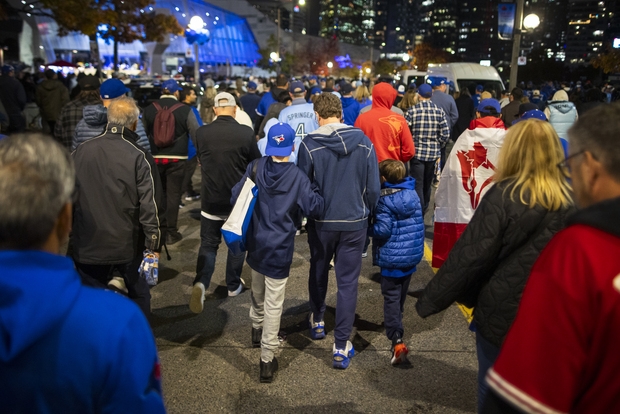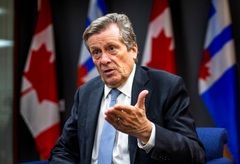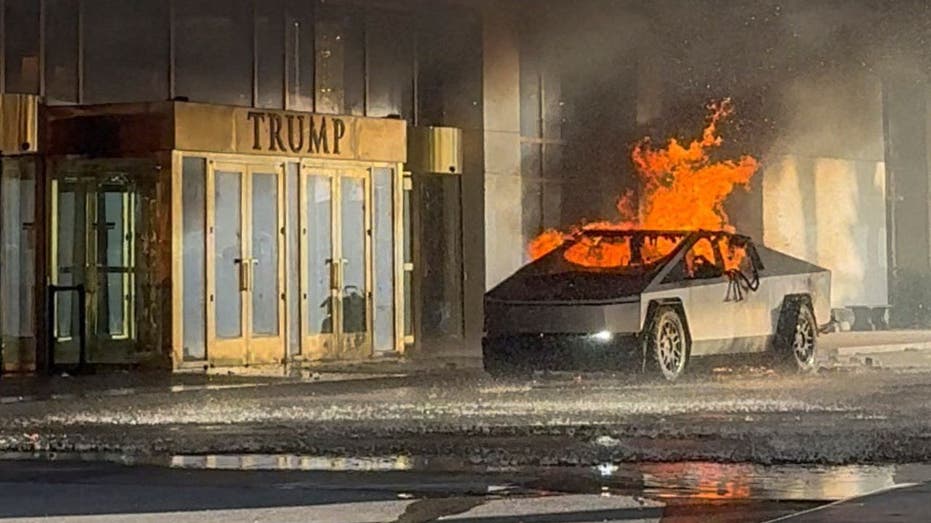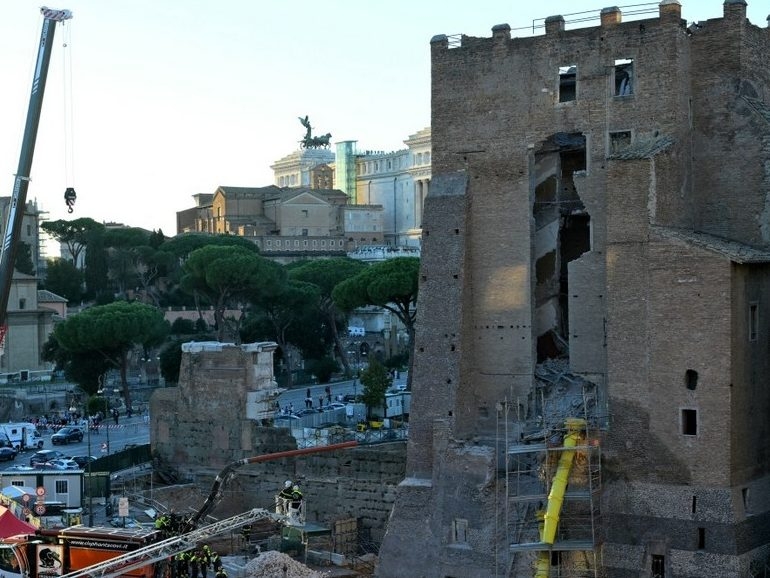The final out of the World Series landed with a thud, a crushing blow to Toronto Blue Jays fans. While the Los Angeles Dodgers celebrated with champagne and a comfortable flight home, a different reality unfolded for those who’d poured their hearts into the game.
Imagine the scene: 40,000 fans spilling out of the Rogers Centre, another 20,000 from Scotiabank Arena, and countless more from watch parties across the city. They turned to the public transit system, expecting a safe ride home after a night of intense emotion. What they found was a system seemingly indifferent to their plight.
While Vladimir Guerrero Jr., the Blue Jays’ star, was photographed relaxing on a private jet, trophy in tow, heading for a celebratory escape in Cancun, his devoted fans faced a chaotic scramble. Buses were scarce, trains were infrequent, and the promise of a smooth commute dissolved into a frustrating nightmare.

Former Toronto mayor John Tory didn’t mince words, calling the situation “poor planning and insensitivity.” He pointed out the foresight typically applied to events like Nuit Blanche or New Year’s Eve was conspicuously absent. Why couldn’t the same consideration be given to a World Series game?
The TTC Chair, Jamaal Myers, defended the service, claiming it was “fine” and that videos circulating online didn’t reflect the reality. But Tory, caught in the crush himself, recounted a packed subway car and a painful decision to skip the trophy presentation rather than face the ordeal.
The core of the issue wasn’t simply about running trains later; it was about a fundamental disconnect. A communication error – a tweet suggesting service would end at 1:30 a.m. – became a convenient scapegoat, diverting attention from the lack of extended service and the inadequate planning that led to the chaos.

The problems extended beyond the TTC. Metrolinx, responsible for Go Train services, also ended operations prematurely, and a shortage of Go buses exacerbated the overcrowding. Stories emerged of fans feeling like cattle, crammed onto trains and waiting in endless lines.
Many stranded fans were young people, allowed to experience the excitement of the game but left to navigate a perilous journey home. While TTC commissioners are now discussing improved communication with Metrolinx for future events, the immediate aftermath left a bitter taste.
The stark contrast was undeniable: a star player whisked away in luxury while his fans were left to fend for themselves. It was a moment that exposed a deeper divide, a reminder that not everyone experiences the same city, or the same level of care.
The question lingers: will lessons be learned? Will future events be met with the planning and sensitivity that Torontonians deserve? For those who endured the frustrating journey home after Game 7, the hope is that next year, the city will finally meet the moment.





